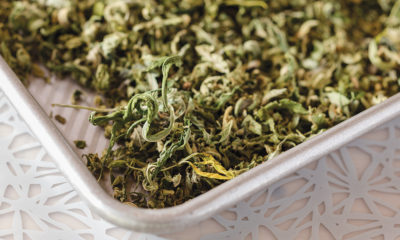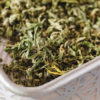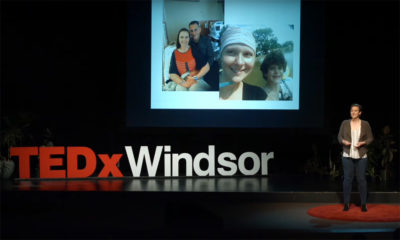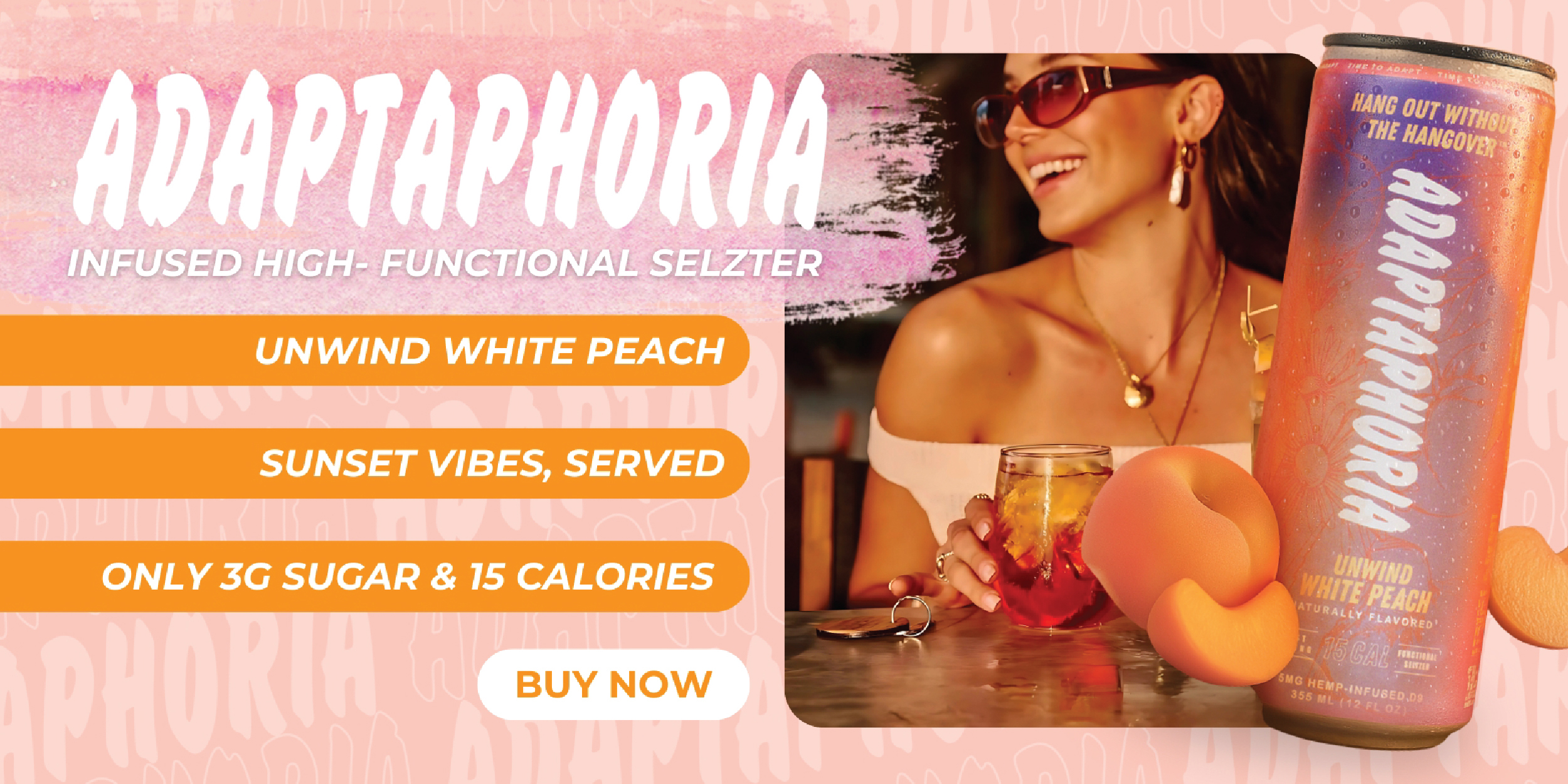
Science
Adult-Use Cannabis Reduces Prescription Drug Demand
Maybe all marijuana use is medical after all.
To date, legal cannabis in America has been understood one of two ways: medicine, or fun. There’s medical marijuana, requiring a qualifying condition and a doctor’s recommendation before any legal weed can be accessed; and then there’s adult-use cannabis (or recreational), requiring nothing but a government-issued ID proving one’s age.
But what if there’s a third way—or, what if, as the late activist Dennis Peron used to say, all marijuana use was medical, or at least part of a general wellness strategy? Recent research that demonstrates a drop in prescription-drug use in states that legalized adult-use cannabis—which, as a convenient bonus, is generally more easily and more widely available than medical—suggests this may be the case.
Weed Up, Pills Down
In the past, the passage of medical cannabis laws has been associated with a drop in prescription pharmaceuticals. The effect of adult-use cannabis laws—no small deal in East Coast states such as New York, where the medical program is small and difficult to access thanks to tight restriction around physicians and qualifying illnesses–-is less studied.
So, researchers looked at Medicaid prescriptions filled between 2011 and 2019 in all 50 states. And in states that legalized adult-use cannabis, they found “significant reductions” in prescriptions filled for drugs meant to treat “pain, depression, anxiety, sleep, psychosis and seizures,” according to a research article published in April in the journal Health Economics.
Or, put another way, legalization seems to present a significant medical benefit along with the familiar arguments for social justice and new sources of tax revenue.
People are self-medicating with cannabis, and while it’s hard to say for certain whether they’re achieving the same results, the fact that they don’t seem to be returning to pharmaceuticals is suggestive, as study co-author Shyam Raman, a PhD student at Cornell University’s Jeb E. Brooks School of Public Policy, said in a recent interview.
“What [adult-use cannabis] legalization does is open up an opportunity to self-medicate without seeing a doctor and potentially be denied because your sickness isn’t on the qualifying condition list,” said Raman, who stressed that while only Medicaid data was studied, these results are applicable to the general population. “There’s some real evidence people are self-medicating, and people aren’t switching back to pharmaceuticals.”
Cannabis for Anxiety, Depression and Insomnia
Among the drug classes studied, Raman and study co-author Ashley Bradford, a researcher and PhD student at Indiana University, saw the steepest drops in demand for anxiety, depression, insomnia and psychosis, with drops of 12.2%, 11.1%, 10.8% and 10.7%, respectively.
In addition to potential cost-savings for Medicaid programs, adult-use cannabis legalization may present an additional harm-reduction benefit, the researchers found, with people dropping or reducing reliance on pharmaceutical drugs with nasty side effects as easier-to-access “over-the-counter” recreational cannabis becomes available.
“We believe that quite strongly, that people are doing it because the side effects of pharmaceuticals are really frustrating,” Raman said.
The findings suggest adopting both a more sophisticated and expansive understanding of adult-use cannabis legalization—and never neglecting the fact that no matter what you call it, cannabis generally may be a wellness product, a fact that advocates pushing for adult-use cannabis legalization on the state and federal levels shouldn’t neglect.
“The adult-use cannabis market in most states is just easier to utilize, because patients don’t have to pay for a patient card and they don’t have to get a doctor’s recommendation,” said Debbie Churgai, executive director of Americans for Safe Access, arguably the country’s leading medical-first cannabis policy advocacy group.
But, as always, it’s also a reminder that cannabis is badly under-researched. Key questions including dosage and regimen remain unanswered, leaving “patients”—regardless of whether they’re official enrollees in their state’s program—to figure it out for themselves.
“We still don’t know how to regulate cannabis as a medicine,” Raman said. “How are we in a position to say, ‘This is medical,’ without being able to say, ‘This is the amount you take for therapeutic use’?”
Always Medical, Or Wellness Benefit?
So, is cannabis always medical, or is all recreational cannabis also medical, or is a third way of understanding cannabis the best classification? It’s hard to say for certain—and ultimately it may not matter.
“I don’t like to compare [medical and adult-use cannabis],” Churgai said. “I think this is a great example of how people are feeling the effects of the medicine whether they recognize it or not.”
But what this does suggest is that certain forces in the cannabis industry might need to re-evaluate their messaging and branding. Don’t forget about the medical cannabis patients: they’re part of your adult-use market segment, too.
“If you go to these business conferences, you barely even see or hear the word ‘patient’ in any presentation,” Churgai said. “I do think that’s being lost more and more as our industry gets bigger. They think the adult-use cannabis market would be bigger than the medical marijuana market.”
But, as this research suggests, the differences aren’t nearly as sharp and distinct as we might have thought. Medical and adult-use cannabis just might turn out to be precisely the same exact thing.
























